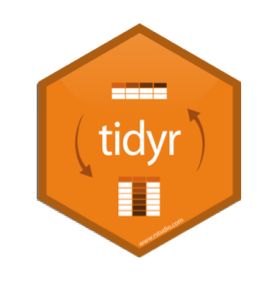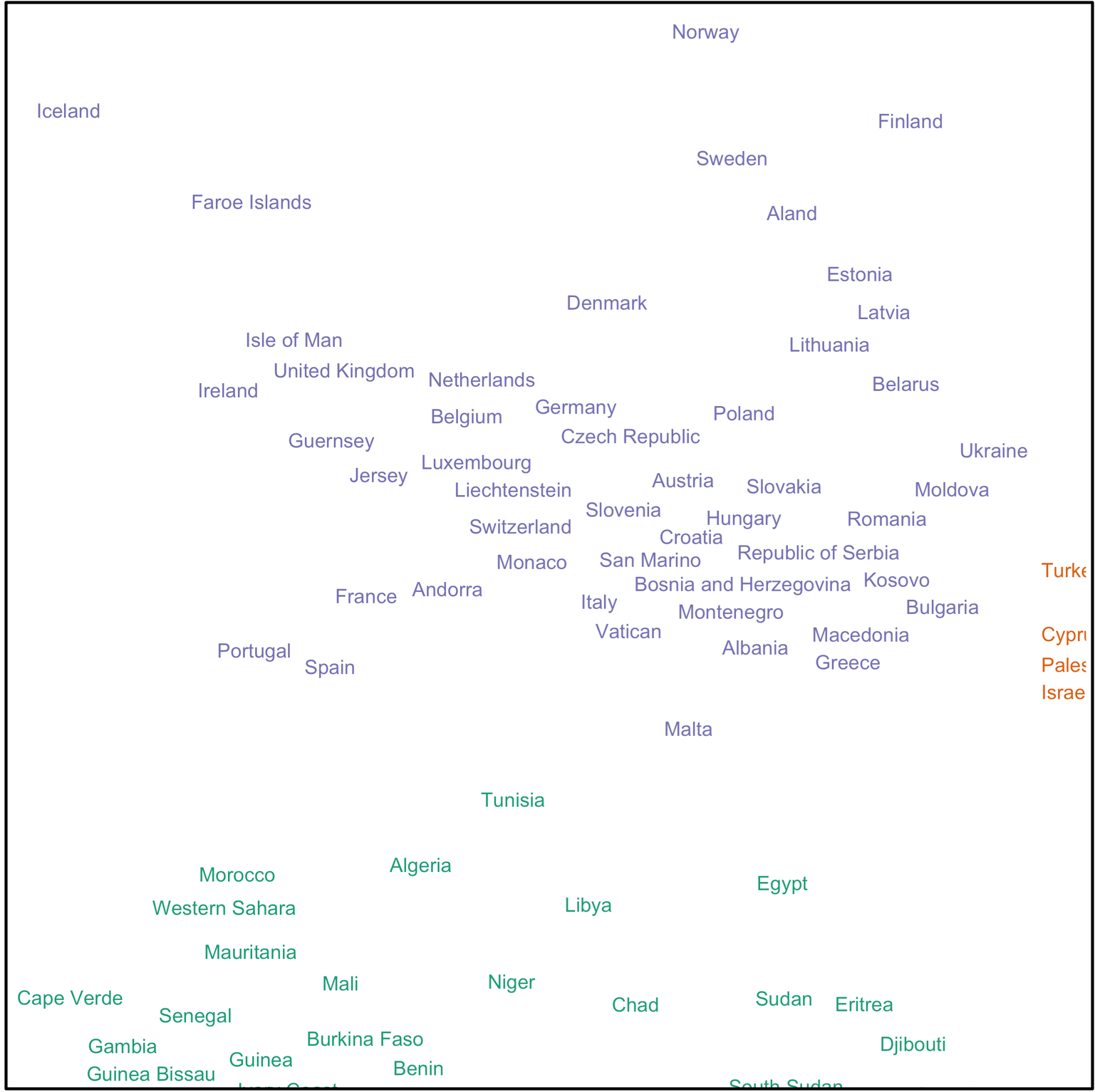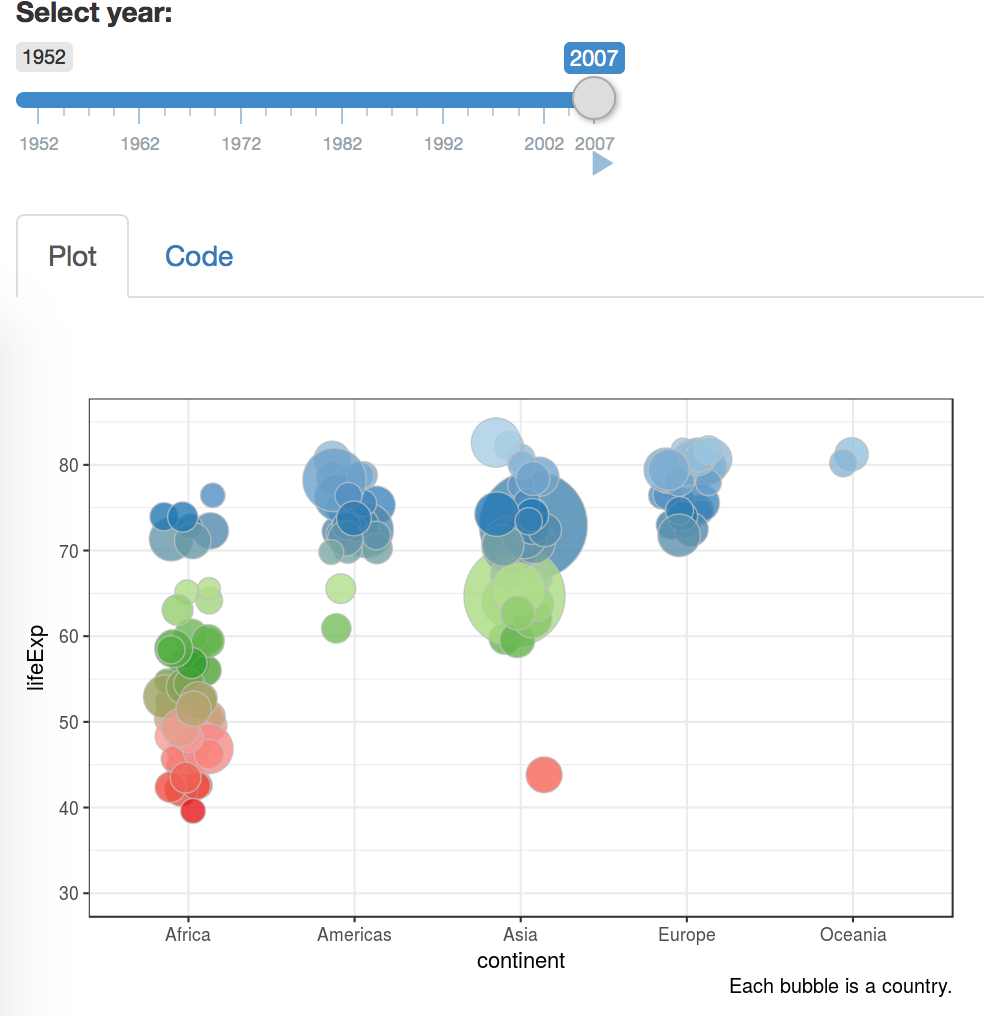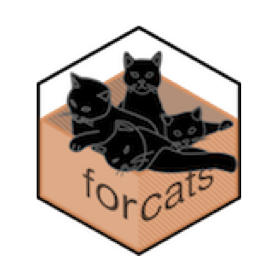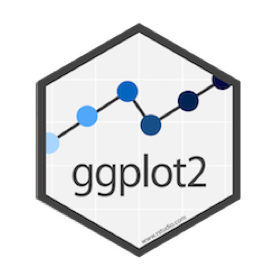TLDR: You can teach R on people’s own laptops without having them install anything or require an internet connection.
Members of the Surgical Informatics team in Ghana, 2019. More information: surgicalinformatics.org
Introduction Running R programming courses on people’s own laptops is a pain, especially as we use a lot of very useful extensions that actually make learning and using R much easier and more fun. But long installation instructions can be very off-putting for complete beginners, and people can be discouraged to learn programming if installation hurdles invoke their imposter syndrome.

